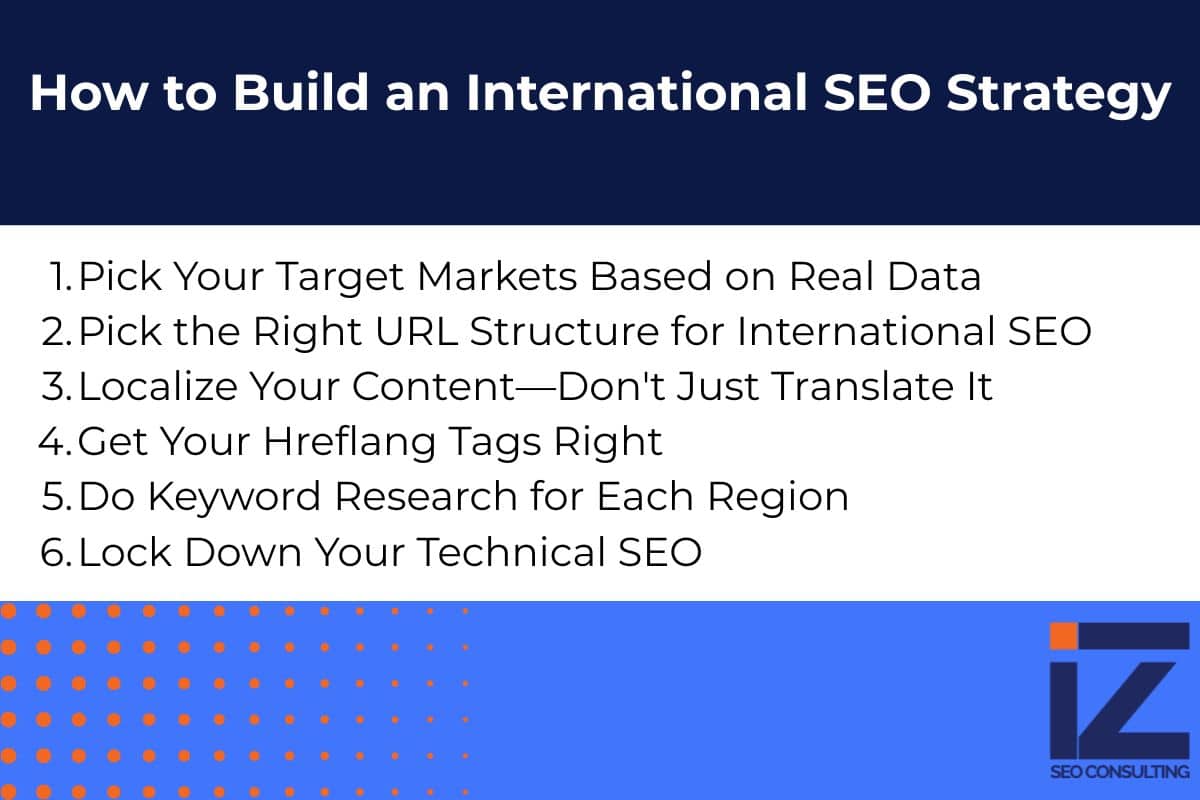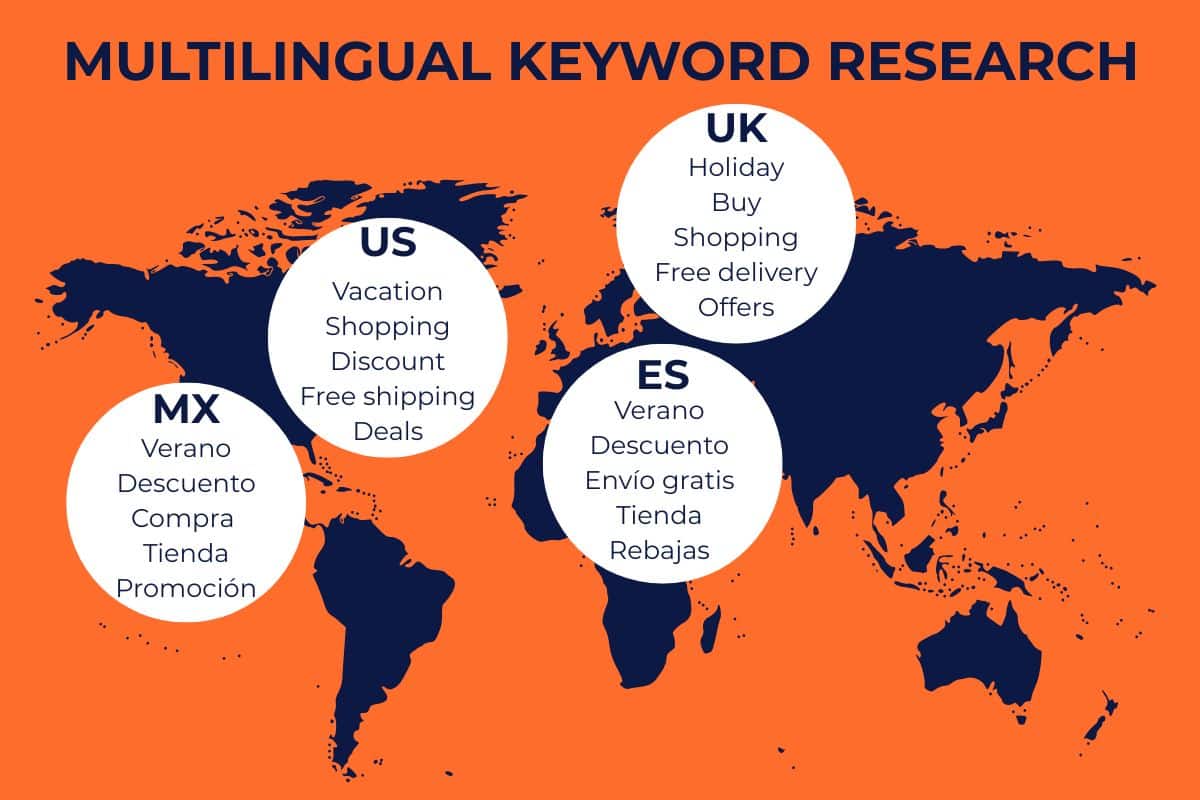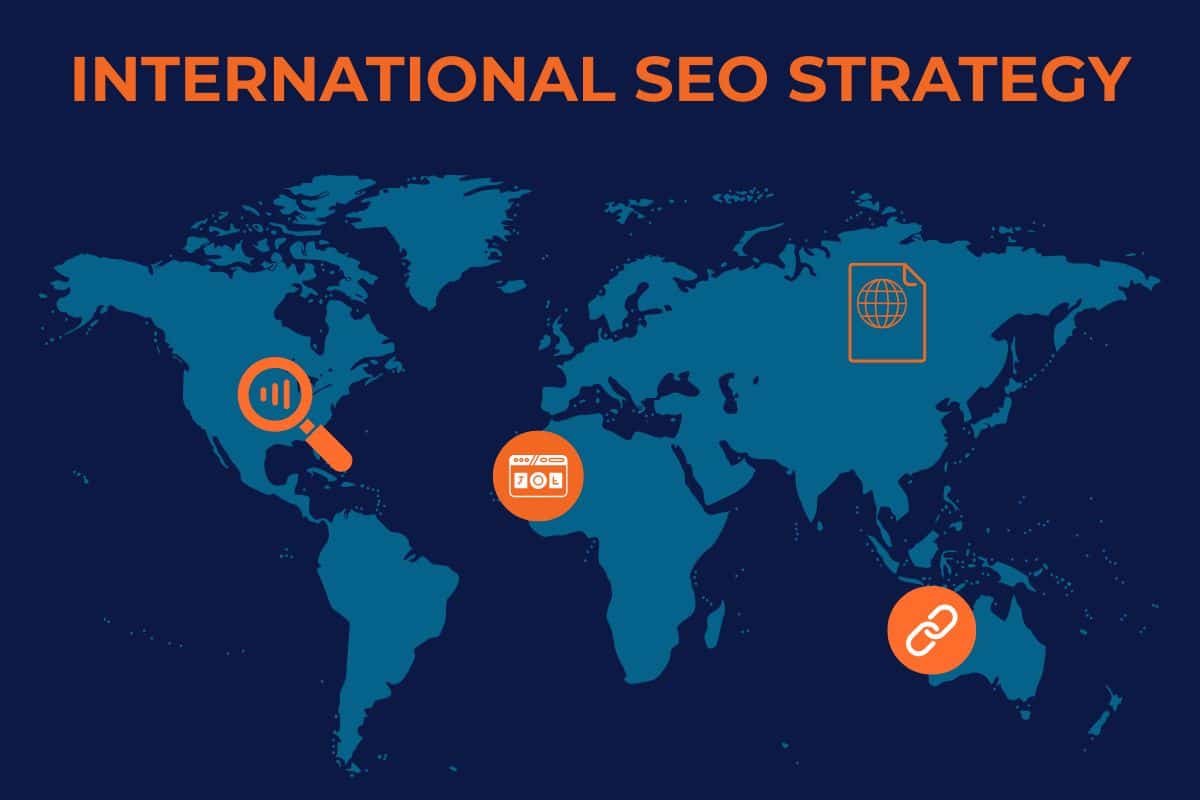Expanding globally sounds exciting—until you realize your website is invisible in the markets you’re trying to reach. That’s the reality without a proper international SEO strategy. And no, it’s not as simple as running your content through Google Translate or slapping some hreflang tags on your pages. If you want to actually connect with international audiences, search engines need to understand your site’s structure, and your users need content that speaks to them in their language, resonates with their culture, and makes sense for their location.
Let me walk you through how to make your site visible and competitive across different countries.
How to Build an International SEO Strategy That Works
First things first: there’s no magic formula that works for everyone. A real international SEO strategy has to be built around what people are actually searching for in each market you’re targeting. It’s not just about language—it’s about understanding how people buy, what matters culturally, and which search engines they actually use. (Spoiler: Google doesn’t run the show everywhere.)
Here’s how to approach this the right way:

Step 1: Pick Your Target Markets Based on Real Data
Don’t just guess which countries to target based on a hunch or because “everyone’s doing Europe.” Use actual data:
- Look at Google Analytics or Search Console to see which countries are already sending you organic traffic.
- Run keyword research in specific regions to check search volume and how competitive it is.
- Research the purchasing power and online habits in each country you’re considering.
This homework tells you whether investing in localization will actually pay off.
Quick tip: A lot of people skip over emerging markets because the keyword numbers look small. But here’s the thing—when competition is low, it’s way easier to establish yourself early and own that space.
Step 2: Pick the Right URL Structure for International SEO
How you structure your URLs matters because it tells search engines exactly who your content is meant for. You’ve got three main options:
- ccTLDs (country-specific domains): Like example.fr or example.de. These send strong geographic signals, but they’re expensive and harder to manage.
- Subdomains: Like fr.example.com or de.example.com. Easier to set up, but they don’t signal location as strongly.
- Subdirectories: Like example.com/fr/ or example.com/de/. They keep your domain authority centralized, they’re easier to maintain, and a lot of big global sites prefer them.
Each option has pros and cons. For most businesses, subdirectories hit the sweet spot between SEO performance and ease of management.
Step 3: Localize Your Content—Don’t Just Translate It
Word-for-word translation almost never works. Real localization means thinking about:
- Currency, measurements, and how dates are formatted.
- Different versions of the same language (Spanish in Spain is different from Spanish in Mexico).
- Cultural differences in images, tone, and how you communicate.
When you localize properly, you build trust. When you don’t, it’s obvious—and people leave. Bad translations basically tell your audience, “We don’t really care about you.”
Want to get this right? You need to focus on how to do multilingual SEO by digging into search intent in each region, not just swapping words.
Step 4: Get Your Hreflang Tags Right
Hreflang tags are how you tell Google which version of a page to show based on someone’s language and location. Mess these up, and you’ll either confuse Google with duplicate content or serve people the wrong page entirely.
- Make sure you include hreflang tags on every international version of your pages.
- Always use return tags—if Page A links to Page B with hreflang, Page B has to link back to Page A.
- Stick to ISO codes for language and region (like en-us or fr-ca).
Also, submit sitemaps with hreflang annotations through Search Console so Google indexes everything correctly.
Step 5: Do Keyword Research for Each Region
People search differently depending on where they are—even if they speak the same language. Someone in the UK searches for “holiday,” while someone in the US types “vacation.” Use a SEO keyword research guide to figure out what terms people actually use locally.

Make sure you’re looking at:
- Search volume in the specific countries you’re targeting.
- What keywords your competitors are going after.
- Long-tail variations that reflect regional search behavior.
Step 6: Lock Down Your Technical SEO
All the localization in the world won’t help if your site loads slowly, breaks in certain regions, or can’t be crawled properly by search bots.
Key technical SEO checklist for international sites:
- Use a CDN and caching to make sure your site loads fast everywhere.
- Set up canonical tags to avoid duplicate content problems.
- Make sure your structured data matches the language and region.
- Create separate XML sitemaps for each language or country version.

Common Mistakes That Kill International SEO
Here’s where a lot of people go wrong:
- Translating keywords literally instead of researching what people actually search for in that country.
- Using auto-translation tools that ruin the user experience.
- Ignoring local backlinks. Search engines trust local sites, so if all your backlinks are from your home country, you’ll struggle to rank anywhere else.
- Not testing your hreflang setup. One broken tag can mess up your entire site’s indexing.
- Trying to target too many countries at once. Start with one or two, get traction, then expand.
Insider Tip: Build a “Local Authority Layer”
Here’s something that even experienced SEOs sometimes overlook: you need to build what I call a local authority layer.
It’s not just about backlinks. It’s about:
- Getting mentioned by local news sites or blogs in the target country.
- Being listed in country-specific directories.
- Running campaigns or PR efforts in the local language.
Google gives more weight to signals that come from within a country. Local trust beats global brand recognition when it comes to rankings.
Why Multilingual SEO Matters More Than Ever
Understanding why is multilingual SEO important goes way beyond just technical setup. It’s about meeting people where they are—on their terms. Today’s internet users expect content that’s tailored to them. Multilingual SEO doesn’t just increase traffic. It improves conversions, builds loyalty, and earns trust in every market you enter.
Wondering what is international SEO all about? It starts with strategy, not just translation.
FAQ: International SEO Strategy
What is international SEO?
International SEO is the process of optimizing your website so it ranks in search engines across different countries and languages. It involves technical setup, content localization, and strategic keyword targeting to reach and convert global audiences.
How is multilingual SEO different from international SEO?
Multilingual SEO is about optimizing content in multiple languages. International SEO includes that, but also takes into account regional differences, search behavior, and technical configurations based on geography.
Can one website serve multiple countries effectively?
Absolutely—but you need the right setup, like subdirectories or subdomains, plus accurate hreflang tagging to tell search engines which content is for which language and region.
How to do multilingual SEO without sacrificing quality?
Work with professional translators or native content creators. Don’t rely on machine translation. Make sure the content aligns with local search behavior and what people are actually looking for.
How long does it take to see results from international SEO?
Usually, 3–6 months before you start seeing traction, depending on how competitive the market is and how well you execute.
Wrapping Up: Your First Steps Toward Global Visibility
An international SEO strategy isn’t something you can just bolt onto your existing site. It’s a long-term investment that, when done right, turns your website into a real engine for global growth.
Here’s what to do next:
- Audit where you currently stand with international visibility.
- Choose one or two markets to focus on first.
- Set up your site structure to support localization and clarity.
- Invest in native-language keyword research and quality content.
- Strengthen your technical foundation and keep an eye on performance.
When you approach how to do international SEO the right way, complexity becomes opportunity. And when you’re ready to scale things up, Indexed Zone SEO can help guide your growth with a proven SEO strategy.



